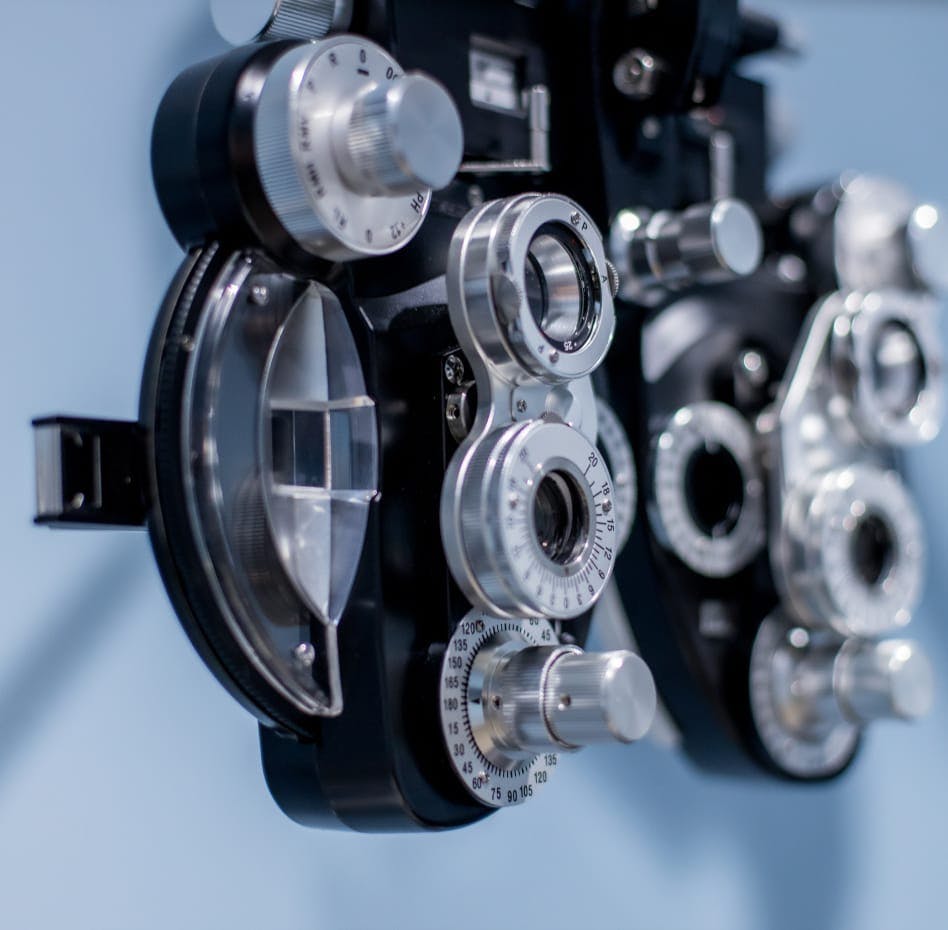If you’re interested in improving your vision and enhancing your quality of life, a Refractive Lense Exchange in Greenwich, CT, could be the answer for you.
What is a Refractive Lense Exchange?
A Refractive Lense Exchange is where an eye surgeon replaces your eye’s natural lens with an artificial intraocular lens (IOL) implant. It’s the same procedure as cataract surgery but is performed when the patient has not yet experienced cataracts in their eye. This will prevent cataracts from forming for life. It is a permanent procedure, and your prescription should stabilize for life. Refractive Lense Exchange is custom to you because it involves correcting YOUR prescription with a laser and with the proper IOL.










